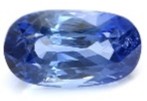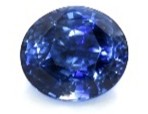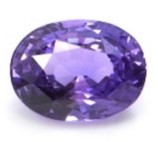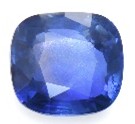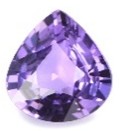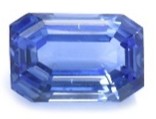
Sri Lanka: Island of Gems
Introduction
Sri Lanka, an island nation nestled in the Indian Ocean, boasts a remarkable and enduring global reputation as a source of exceptional gemstones. This renown is deeply embedded in its history, so much so that it was anciently known as “Ratna-Dweepa,” meaning “Island of Gems”. For over two millennia, and even earlier with prehistoric inhabitants drawn to its glittering stones, the island’s treasures have continuously captivated explorers, traders, and royalty alike. From the 13th-century accounts of Marco Polo marveling at the abundance of various gems, particularly sapphires, to the enduring fascination of the British Royal Family with the exquisite Ceylon sapphires, Sri Lanka’s gem wealth has consistently held global allure. This report will delve into the rich history of Sri Lanka’s gem industry, tracing its origins, evolution, and the factors that have cemented its enduring reputation. It will explore the etymology and significance of “Ratna-Dweepa,” examine historical accounts from prominent figures, discuss the role of “Serendib” and “Ceylon,” analyze the geological foundations of its gem wealth, detail the historically significant gemstones found on the island, trace the evolution of mining and cutting techniques, explore the deep cultural significance of gems in Sri Lankan society, and finally, examine Sri Lanka’s integral role in the international gem trade.

A stunning photo of Adam’s Peak (Sri Pada – Gem Mountain) taken from a ship in Colombo early in the morning Ramesh Kavinda captured this amazing view using a Google Pixel 6 Pro.
History
The Sanskrit name “Ratna-Dweepa” translates directly to “The Island of Gemstones,” a moniker that has been found in numerous historical chronicles, aptly reflecting the island’s abundant natural wealth. One of the earliest recorded uses of this name appears in the “Periplus of the Erythrean Sea,” a merchant’s guide believed to have been compiled in the first century AD. The inclusion of this Sanskrit name in such an early trade document underscores that Sri Lanka’s reputation for gemstones was already well-established and significant for maritime commerce during that period. The continued appearance of “Ratna-Dweepa” across various cultures and languages over the centuries demonstrates the profound and lasting impact of Sri Lanka’s gem wealth on global perception. This enduring name, adopted and used by different groups, including those who later referred to the island as “Serendib” or “Ceylon,” highlights the strength and pervasiveness of this initial association, indicating that the abundance of gems was not merely a temporary phenomenon but a defining characteristic of the island throughout its history.

Marco Polo, the intrepid Venetian merchant and adventurer, embarked on an extraordinary journey from Europe to Asia between 1271 and 1295. His remarkable travels took him to distant lands, including the enchanting island of Sri Lanka, where he explored its rich culture and vibrant landscapes. Polo’s adventures not only bridged continents but also left an indelible mark on the history of exploration, inspiring generations to dream beyond horizons.

Journey of Faxian (337–c. 422 CE), a remarkable Chinese Buddhist monk and translator. His dedication led him to travel on foot from Jin China to Sri Lanka, overcoming countless hardships in pursuit of wisdom and knowledge. His accounts not only enriched Buddhist teachings but also provided fascinating insights into the treasures of the lands he visited, including reports on precious gemstones. His journey remains a testament to perseverance, faith, and the spirit of exploration.
The historical significance of Sri Lanka’s gem industry is further emphasized by the accounts of various prominent historical figures who visited or wrote about the island. In the 13th century, the renowned explorer Marco Polo documented his visit to Sri Lanka, expressing his amazement at finding “the best sapphires, topazes, amethysts, and other gems in the world”. His detailed observations serve as a significant early testimonial to the exceptional quality of Sri Lankan gemstones. Even earlier, in the 2nd century AD, the astronomer Ptolemy recorded that beryl and sapphire were the mainstay of Sri Lanka’s gem industry, highlighting the long-standing economic importance of these particular gems. Further evidence comes from Pliny the Elder in the 1st century AD, who mentioned that ambassadors from “Taprobane,” the ancient name for Sri Lanka, boasted about their fine gemstones during the reign of Emperor Claudius. This indicates that Sri Lanka’s reputation for high-quality gems was already established in the early Roman era and was a source of national pride. In the 4th century BC, Nearchus, an officer in Alexander’s army, noted the abundance of translucent gems on the island, providing even earlier testimony to its gem wealth. The 5th century AD saw the visit of the Chinese Buddhist monk Fa-Hsien, who reported on the plentiful availability of precious gemstones, specifically mentioning the “mani jewel” (believed to be ruby or another precious stone) from a particular district, likely Ratnapura, and even noted royal control over these resources. The consistency in the types of gems mentioned across these centuries by various independent observers, particularly sapphires, beryl/aquamarine, and rubies/corundum, suggests that these were consistently significant and abundant resources of the island. Moreover, the increasing detail in later accounts, such as Fa-Hsien’s reference to a specific gem-producing region and royal oversight, indicates a growing understanding and organization of the gem industry over time.
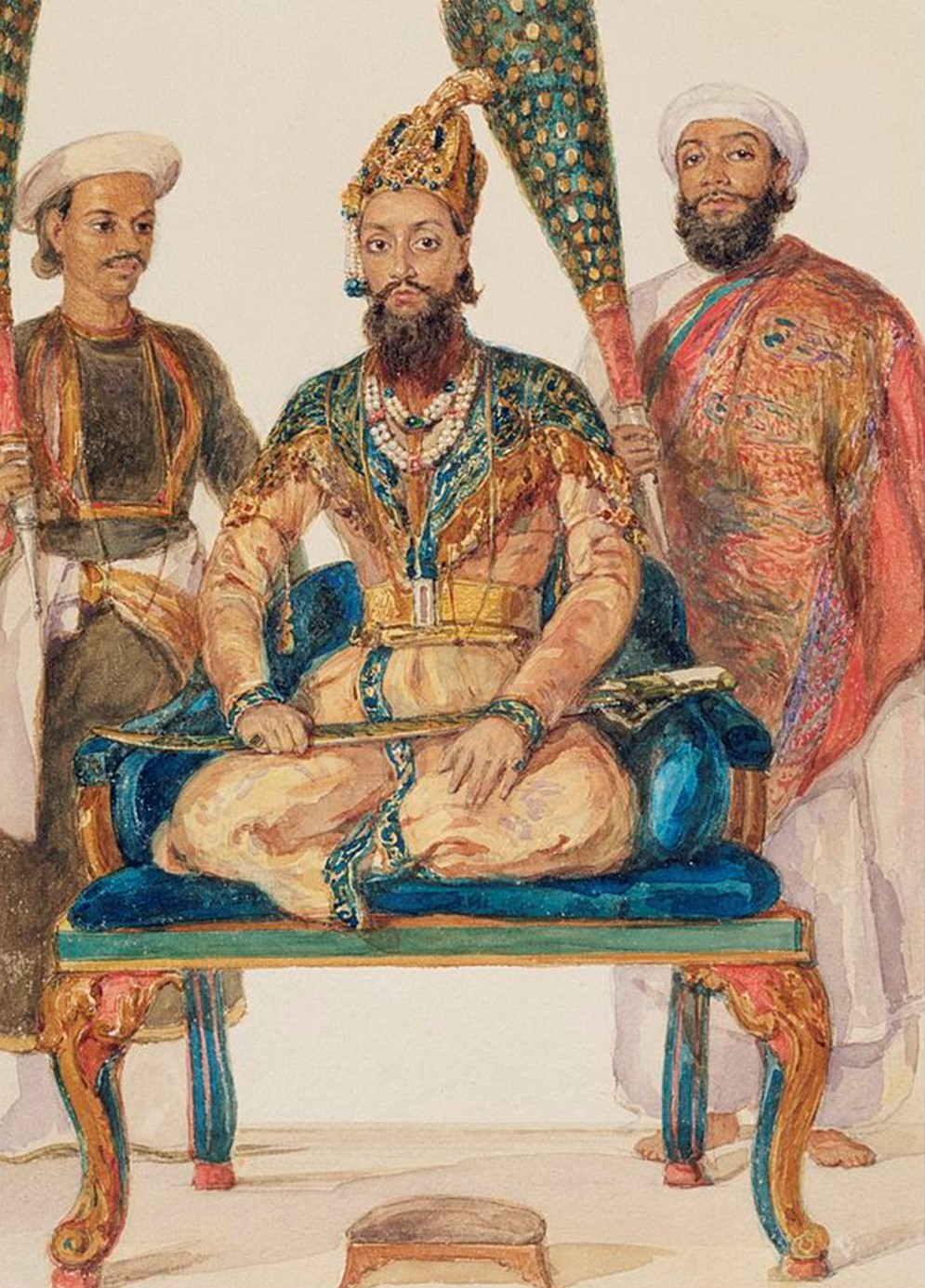
The etymological connection implies that the discovery of gemstones in Sri Lanka was often regarded as a fortunate and unexpected event, as reflected in the historical account of The Three Princes of Serendip, the sons of King Giaffer.
Du ring the 4th and 5th centuries, Middle Eastern and Persian traders, traversing the Indian Ocean for commerce, gave Sri Lanka the ancient name “Serendib”. This name became closely associated with the island’s wealth in gems within the Middle East. The term “Serendib” is believed to have originated from the Sanskrit word “Simhaladvipa,” meaning “Dwelling-Place-of-Lions Island,” or possibly “Suvarna-dvipa,” meaning “golden-isle” . The Arabic form, “Sarandīb,” was likely adopted from Indian traders with whom the Arab sailors interacted. The active gem trade across the Indian Ocean during this period is evident in records from sailors who visited the island and returned with “jewels of Serendib” . The tales of the Arabian Nights, with their references to the “jewels of Serendib,” further cemented the island’s reputation for gem wealth in the Arab world. Notably, the English word “serendipity,” coined by Horace Walpole in the 18th century, is derived from “Serendib,” inspired by the Persian fairy tale “The Three Princes of Serendip,” whose heroes frequently made fortunate discoveries by chance. This etymological link subtly suggests that the very act of finding gems in Sri Lanka was often perceived as a lucky and unexpected occurrence. Sri Lanka’s strategic location within the Indian Ocean trade network played a crucial role in its historical significance as a trading hub, connecting the East and West. The adoption of a Persian/Arabic name for Sri Lanka (“Serendib”) indicates the substantial influence of Middle Eastern traders in the early history of the island’s gem trade. This naming convention suggests their active involvement and recognition of Sri Lanka as a primary source of valuable gems, facilitating trade routes towards the East. Furthermore, the connection to “serendipity” implies a cultural understanding that valuable finds in this region were often a matter of chance and good fortune, likely due to the nature of gem discovery in alluvial deposits. The island’s central position in the Indian Ocean trade routes naturally positioned it as a vital point for the exchange of these precious stones between different regions.
The name “Ceylon” has also left an indelible mark on the gem industry, historically used to denote stones originating from Sri Lanka, a practice that continues in some contexts today. The name “Ceylon” originated from the Portuguese “Ceilão” when they colonized the island in 1505. Subsequently, the Dutch referred to it as “Zeylan,” and when the British took control in 1798, they transliterated it to “Ceylon”. Sri Lanka gained independence in 1948 and officially adopted its current name in 1972. Despite the name change, “Ceylon Sapphire” remains a highly regarded and premium designation in the global gem market, signifying both origin and quality. These sapphires are celebrated for their vibrant blue hues, often likened to the color of a cornflower or a peacock’s neck. Numerous famous “Ceylon Sapphires” have graced royal collections and iconic jewelry pieces, including Princess Diana’s renowned engagement ring featuring a 12-carat oval Ceylon blue sapphire and Queen Victoria’s cherished Ceylon sapphire brooch. The magnificent Logan Blue Sapphire, weighing 423 carats, and the breathtaking Blue Belle of Asia, around 400 carats, are also prominent examples of Ceylon’s exceptional sapphires. The continued use of “Ceylon” in gem industry terminology, even after the country’s official name changed, underscores the lasting impact of the British colonial era on global trade and branding. Colonial powers often established trade routes and marketing names that became deeply entrenched in international commerce. The persistence of “Ceylon” reflects the historical dominance of British trade and the established global recognition of Sri Lankan gems under this name, creating a strong and enduring brand association. Furthermore, the premium associated with “Ceylon Sapphires” indicates that the quality and reputation established during the colonial period continue to hold significant value in the modern gem market, signifying a legacy of excellence built upon historical production, royal patronage, and effective marketing.
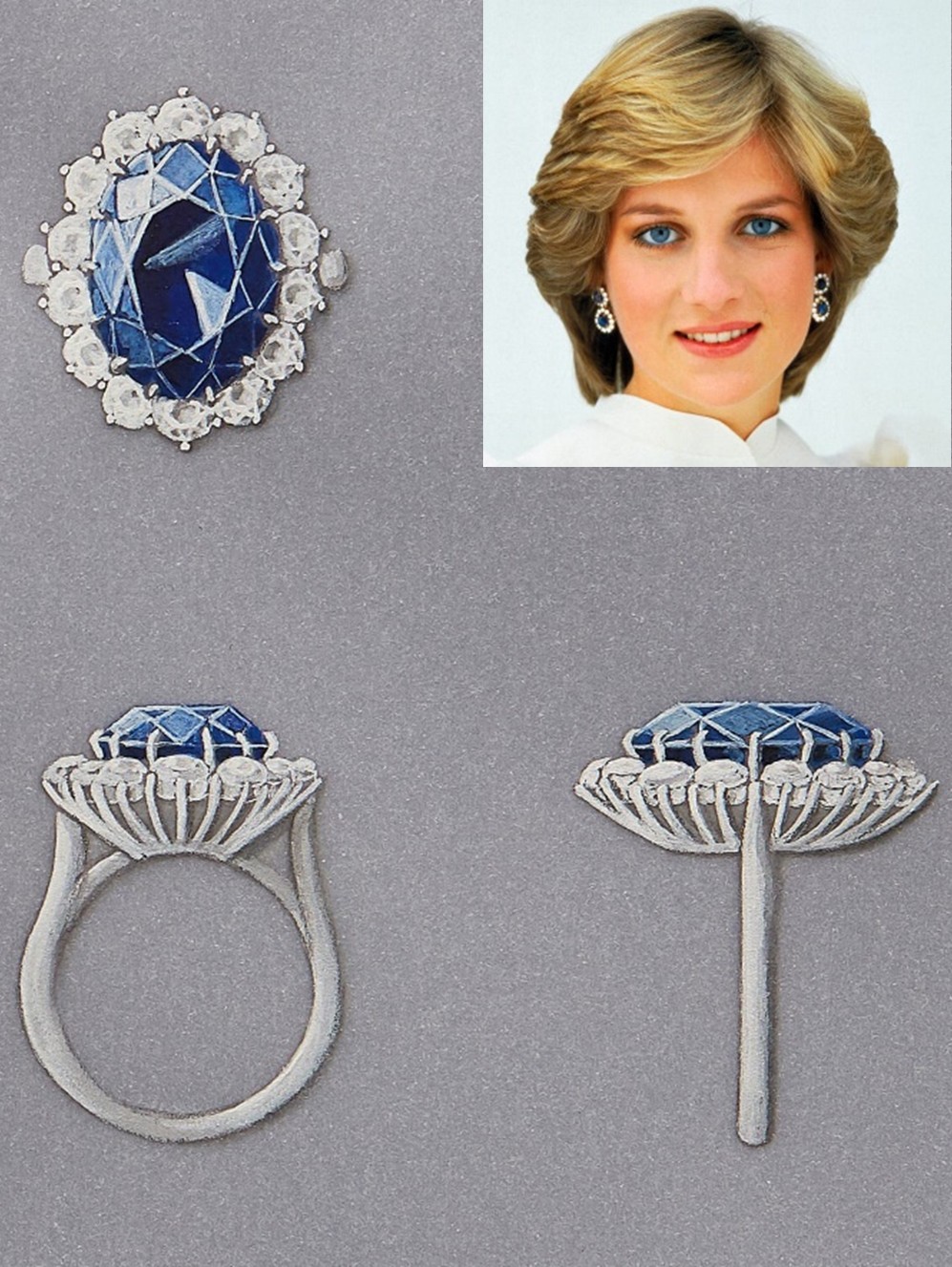
The most iconic engagement ring in history belongs to none other than Princess Diana, whose timeless choice continues to captivate the world. In 1981, Diana selected her legendary sapphire engagement ring from the esteemed British jeweler, Garrard. The ring features a breathtaking 12-carat oval Ceylon sapphire, renowned for its deep, intense blue hue and exceptional brilliance. Encircled by a halo of dazzling diamonds set in 18-carat white gold, the piece exudes both elegance and grandeur. Diana’s impeccable taste, which defined her style throughout her life as a royal, was evident in this iconic choice. When she stepped out alongside Prince Charles to announce their engagement, dressed in a striking blue suit that perfectly complemented her sapphire, the ring instantly became a global sensation. Its timeless design and symbolic significance have cemented its place in history, making it one of the most celebrated pieces of jewelry ever created. Today, the ring continues to inspire admiration, embodying the grace and legacy of the beloved Princess of Wales.
Formation of Gem and Geology of Sri Lanka
Sri Lanka’s remarkable wealth in gemstones is rooted in its ancient geological history. Approximately 90% of the island is composed of Precambrian crystalline rocks, dating back 560 million to 2,400 million years. These ancient rocks are classified into three primary lithological units: the Highland/Southwestern Complex, the Vijayan Complex, and the Wanni Complex. The majority of gem deposits are found in alluvial gravels located in valley bottoms, fed by tributary hillside streams that carry gem minerals released through weathering from bedrock sources. In addition to these alluvial deposits, some gemstones are also found within sedimentary formations and in association with pegmatite. The central high-grade metamorphic terrain of the Highland Complex is where nearly all of Sri Lanka’s gem formations are concentrated. These gem deposits are classified into three main types: sedimentary, which are the most abundant; metamorphic, constituting about 90% of the deposits; and magmatic. Residual deposits are primarily located in the flood plains of rivers and streams. Notably, Sri Lanka boasts an exceptionally high density of gem deposits relative to its landmass, with an estimated 25% of the total area potentially gem-bearing, making it one of the countries with the highest concentration of such deposits globally. This ancient geological foundation and the diversity of deposit types have created the ideal conditions for the formation of a vast array of gemstones over millions of years.
Sri Lanka’s geological richness has yielded a remarkable spectrum of gemstones throughout its history. The corundum group stands out as one of the most significant, encompassing both sapphire and ruby. This includes the highly prized blue sapphire, along with other color varieties such as pink, yellow, orange, white, star, and the rare Padparadscha sapphire, as well as ruby, including star ruby. Historically, figures like Marco Polo and Ptolemy specifically mentioned the exceptional quality of Sri Lankan corundum. Beryl, including aquamarine, has also been historically significant, noted by Ptolemy as a mainstay. Chrysoberyl, encompassing the valuable cat’s eye and alexandrite, is another prominent gemstone found in Sri Lanka. Spinel is found in greater abundance in Sri Lanka compared to corundum or chrysoberyl. Garnet and topaz have also been historically noted along with zircon and tourmaline, the latter having early scientific descriptions. Other notable gems include moonstone, quartz, feldspar, and amethyst, along with rarer finds like taaffeite and sinhalite. This remarkable diversity firmly establishes Sri Lanka’s reputation as a true “Gem Island.”
| Gemstone Type | Earliest Historical Mention |
|---|---|
| 1. Sapphire | Ptolemy (2nd Century AD) |
| 2. Beryl | Ptolemy (2nd Century AD) |
| 3. Topaz | Marco Polo (13th Century) |
| 4. Amethyst | Marco Polo (13th Century) |
| 5. Ruby | Pliny the Elder (1st Century AD - likely implied); Explicit description 1702 |
| 6. Garnet | Marco Polo (13th Century) |
| 7. Chrysoberyl | Ribeiro (17th Century) |
| 8. Alexandrite | Not explicitly mentioned in early texts provided |
| 9. Spinel | Mentioned in reading list referencing historical texts |
| 10. Zircon | Early chemical investigation 1787 |
| 11. Tourmaline | Report on electrical behavior 1759 |
| 12. Moonstone | Relatively common |
1.SAPPHIRE | BUY NOW
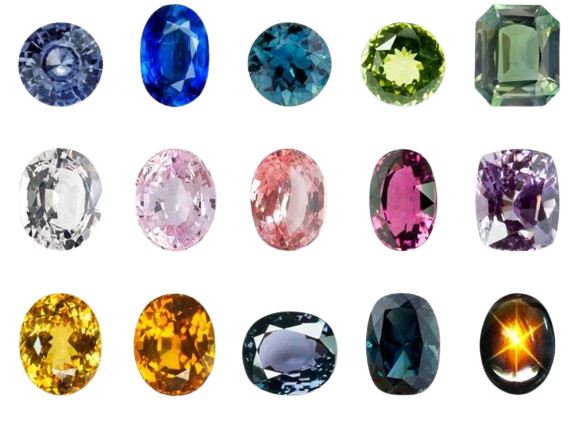
The Ultimate Guide to Choosing the Perfect Sapphire
Sapphires are among the most coveted gemstones, revered for their rich hues, exceptional durability, and timeless elegance. Whether you’re selecting a sapphire for an engagement ring, a bespoke jewelry piece, or as a valuable investment, understanding the key factors that determine quality is essential. This comprehensive guide will walk you through the critical aspects to consider when choosing the ideal sapphire.
Understanding Sapphire Quality
Sapphires are evaluated based on four primary characteristics—color, clarity, cut, and carat weight—each of which plays a vital role in determining the gemstone’s beauty and value.
- Color: The Most Important Factor
Color is the most significant attribute when assessing a sapphire’s quality. While sapphires are famously associated with deep blue tones, they occur in a stunning spectrum of colors, including pink, yellow, green, orange, purple, and even colorless varieties. Among these, the rare padparadscha sapphire, with its mesmerizing pink-orange hue, is especially prized.
Key Color Considerations:
- Hue: The dominant color of the sapphire. Pure, vivid hues without secondary tones (such as green or gray) are most desirable.
- Tone: Refers to the lightness or darkness of the color. Medium to medium-dark tones are ideal, offering depth and richness.
- Sat uration: The intensity of the color. High saturation results in a vibrant, eye-catching gemstone, free from dull or muddy undertones.
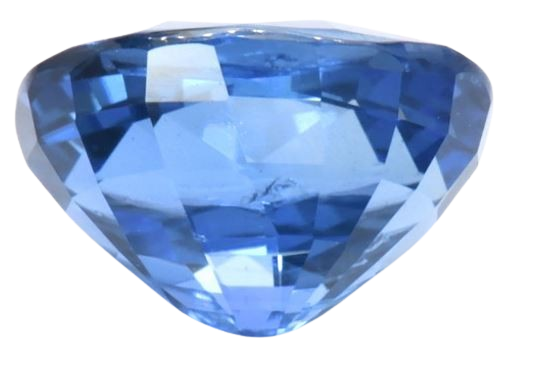
2.30 Ct. Sapphire from Ceylon (Sri Lanka)
Lot Number: L1001 | Global ID: S19780.
Visit: Prem Gems Inc https://premgems.instagem.com/loose/sapphire/stones
Eco Astronomy Inc
2. Clarity: Evaluating Inclusions
Clarity refers to the presence of internal characteristics, known as inclusions, within the sapphire. While fewer visible inclusions generally indicate higher quality, some inclusions are acceptable—and in certain cases, even desirable—as they confirm the gemstone’s natural origin.
- Eye-Clean Sapphires: Stones with no visible inclusions to the naked eye are highly sought after.
- Silk Inclusions: Needle-like formations that, when present in the right amount, can enhance a sapphire’s beauty, particularly in star sapphires, where they create a striking asterism effect.
3. Cut: Maximizing Brilliance and Symmetry
Unlike diamonds, which are cut to maximize sparkle, sapphires are typically shaped to optimize their color and minimize visible inclusions.
- Proportions & Symmetry: A well-cut sapphire reflects light evenly, enhancing its brilliance and color consistency.
- Polish & Finish: A high-quality sapphire will have a smooth, polished surface that enhances its luster.
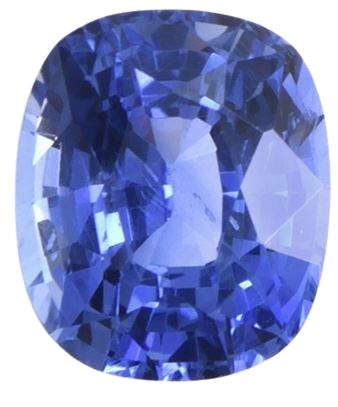
2.19 Ct. Sapphire from Ceylon (Sri Lanka)
Lot Number: 24 |Global ID: S19087
Visit: Prem Gems Inc https://premgems.instagem.com/loose/sapphire/stones
Eco Astronomy Inc
4. Carat Weight: Size vs. Quality
Carat weight measures a sapphire’s size, but it should not be the sole determining factor in quality.
- Density Considerations: Sapphires are denser than diamonds, meaning a 1-carat sapphire may appear slightly smaller than a 1-carat diamond.
- Price Impact: High-quality sapphires increase exponentially in price with carat weight, especially for stones with exceptional color and clarity.

1.20 Ct. Sapphire from Ceylon (Sri Lanka)
Lot Number: 38 |Global ID: S19101
Visit: Prem Gems Inc https://premgems.instagem.com/loose/sapphire/stones
Eco Astronomy Inc
Additional Considerations When Choosing a Sapphire
Beyond the Four Cs, several other factors influence a sapphire’s value and desirability.
- Origin: The Influence of Geographic Source
Certain sapphire origins are renowned for producing gems of exceptional quality:
- Kashmir: Known for their velvety cornflower blue hue, Kashmir sapphires are among the rarest and most valuable.
- Burma (Myanmar): Prized for their deep, intense blue color.
- Sri Lanka (Ceylon): Produces a wide range of vibrant colors, including some of the finest blue and pink sapphires.
- Madagascar: A significant modern source of high-quality sapphires in various colors.
- Treatments: Understanding Enhancements
Most sapphires undergo treatments to improve their appearance.
- Heat Treatment: The most common and widely accepted method, enhancing color and clarity. Heat-treated sapphires are stable and durable.
- Unheated Sapphires: Naturally vivid, untreated stones are rarer and command higher prices.
- Other Treatments: Diffusion (surface color enhancement) and fracture filling (clarity improvement) may affect value and longevity. Always inquire about treatments before purchasing.
- Certification: Ensuring Authenticity and Quality
A gemological certificate from a reputable lab (such as the GIA or AGL) provides an unbiased assessment of a sapphire’s characteristics, including:
- Color, clarity, cut, and carat weight
- Treatment disclosure
- Origin verification (when available)
Certification ensures transparency and confidence in your purchase, safeguarding your investment.
Final Thoughts
Selecting the perfect sapphire requires a balance of color preference, quality factors, and budget considerations. By understanding the nuances of color, clarity, cut, carat weight, origin, treatments, and certification, you can make an informed decision and choose a sapphire that embodies beauty, rarity, and lasting value.
Whether you seek a classic blue sapphire, a rare padparadscha, or a vibrant fancy-colored gem, this guide equips you with the knowledge to find the ideal stone for your needs.
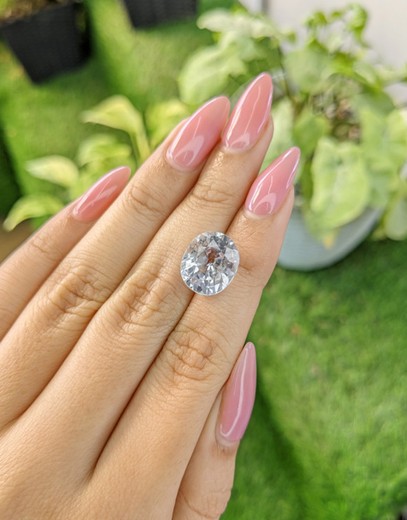
8.84 Ct. Sapphire from Ceylon (Sri Lanka)
Lot Number: 40 |Global ID: S19103
Visit: Prem Gems Inc https://premgems.instagem.com/loose/sapphire/stones
Eco Astronomy Inc
The Evolution and Cultural Significance of Sri Lanka’s Gem Industry
Sri Lanka’s gem extraction techniques have evolved from rudimentary methods to a sophisticated blend of tradition and modernity. Early mining involved labor-intensive pit digging, often requiring wooden supports to stabilize shafts and drain water to reach the gem-bearing gravel layer known as illam. Traditional practices such as pit-head mining and tunneling remain prevalent, with miners using simple tools like baskets to haul gravel and hand-operated Hanaporuwa or Pattale machines for gem cutting—a technique employing a bow-driven vertical lap. While mechanized mining has been introduced in some areas, manual methods persist due to the nature of alluvial deposits and the cultural heritage surrounding gem extraction.
The National Gem and Jewellery Authority (NGJA) regulates the industry, promoting ethical and environmentally sustainable practices. Miners are trained in responsible techniques, including effluent water treatment and land rehabilitation, contributing to a low incidence of mining accidents.
The gradual integration of modern technology reflects an industry balancing efficiency with tradition, preserving artisanal skills while meeting global demands.
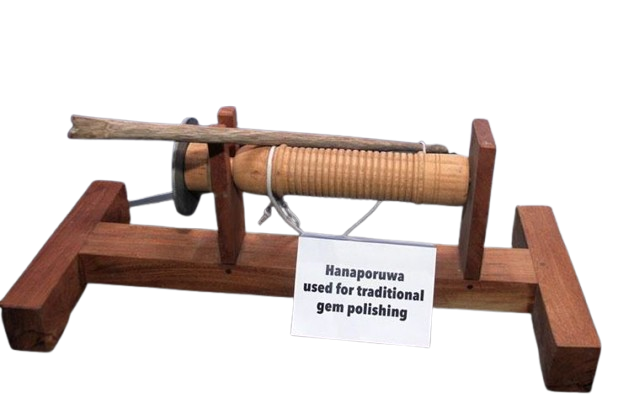
The traditional method of gemstone faceting was carried out through traditional artistry and skilled heritance of a selected few by the use of the ‘Hanaporuwa’ or the Bow Cutting Method by the Gemstone and Jewelery industry of Sri Lanka.
Gems in Sri Lankan Culture and Spirituality
Sri Lankan gemstones transcend material value, deeply embedded in the island’s cultural and spiritual identity. Folklore, mythology, and religious traditions attribute mystical and healing properties to various gems, which adorn jewelry, sacred artifacts, and Buddhist stupas. Historically, gems symbolized royal power, embellishing thrones and regalia, while legends link Sri Lanka’s mines to King Solomon, who allegedly sourced stones for the Queen of Sheba.
Astrological beliefs further intertwine with gem mining, with auspicious times for excavation determined by celestial alignments and rituals invoking divine blessings. This enduring cultural reverence underscores gems as vessels of prosperity, health, and fortune, reinforcing Sri Lanka’s mystique as a land of precious stones.
Innovating Excellence in Gemology
At the forefront of Sri Lanka’s gemstone industry, Eco Astronomy Inc. and Prem Gems Inc. are pioneering advancements in value-added gemstone enhancement through cutting-edge electric and gas heat treatment technologies. We proudly offer an exquisite selection of natural gemstones, each accompanied by a GIA (Gemological Institute of America) certificate to guarantee authenticity, quality, and value. Whether you’re a collector, jeweler, or enthusiast, our certified gemstones provide unmatched confidence and brilliance.
Beyond technological refinement, Prem Gems Inc. is committed to fostering industry transparency and consumer awareness. Through targeted outreach and educational initiatives, the company empowers gem buyers with essential knowledge on gemstone formation, treatment methodologies, and the science behind their beauty. By bridging the gap between scientific research and commercial appreciation, Prem Gems Inc. enriches the global understanding of both terrestrial and extraterrestrial mineralogy, ensuring a legacy of informed and ethical gem trade.
Visit: https://premgems.instagem.com/loose/sapphire/stones
For inquiries, contact: 071 231 1311 | 071 638 0380


